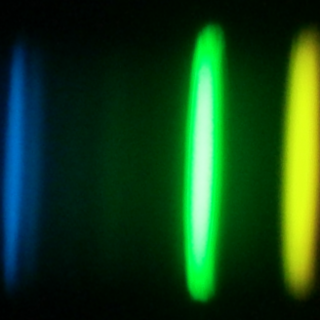Bibcode
Schiavon, Ricardo P.; Phillips, Siân G.; Myers, Natalie; Horta, Danny; Minniti, Dante; Allende Prieto, Carlos; Anguiano, Borja; Beaton, Rachael L.; Beers, Timothy C.; Brownstein, Joel R.; Cohen, Roger E.; Fernández-Trincado, José G.; Frinchaboy, Peter M.; Jönsson, Henrik; Kisku, Shobhit; Lane, Richard R.; Majewski, Steven R.; Mason, Andrew C.; Mészáros, Szabolcs; Stringfellow, Guy S.
Referencia bibliográfica
Monthly Notices of the Royal Astronomical Society
Fecha de publicación:
2
2024
Número de citas
21
Número de citas referidas
14
Descripción
We introduce the Sloan Digital Sky Survey (SDSS)/ Apache Point Observatory Galactic Evolution Experiment (APOGEE) value-added catalogue of Galactic globular cluster (GC) stars. The catalogue is the result of a critical search of the APOGEE Data Release 17 (DR17) catalogue for candidate members of all known Galactic GCs. Candidate members are assigned to various GCs on the basis of position in the sky, proper motion, and radial velocity. The catalogue contains a total of 7737 entries for 6422 unique stars associated with 72 Galactic GCs. Full APOGEE DR17 information is provided, including radial velocities and abundances for up to 20 elements. Membership probabilities estimated on the basis of precision radial velocities are made available. Comparisons with chemical compositions derived from the GALactic Archaeology with HERMES (GALAH) survey, as well as optical values from the literature, show good agreement. This catalogue represents a significant increase in the public data base of GC star chemical compositions and kinematics, providing a massive homogeneous data set that will enable a variety of studies. The catalogue in FITS format is available for public download from the SDSS-IV DR17 value-added catalogue website.
Proyectos relacionados

Abundancias Químicas en Estrellas
La espectroscopía de estrellas nos permite determinar las propiedades y composiciones químicas de las mismas. A partir de esta información para estrellas de diferente edad en la Vía Láctea es posible reconstruir la evolución química de la Galaxia, así como el origen de los elementos más pesados que el boro, forjados principalmente en los interiores
Carlos
Allende Prieto